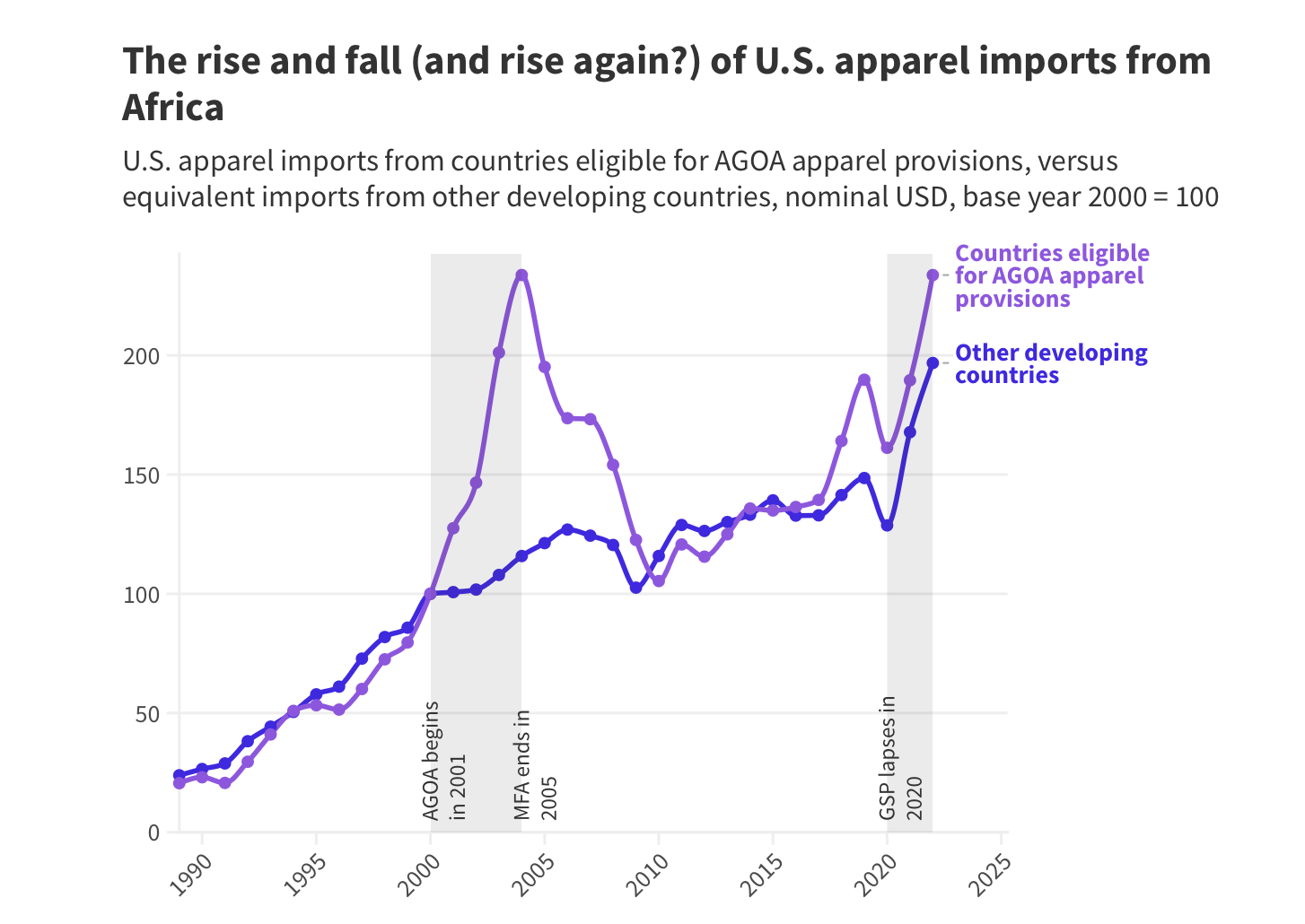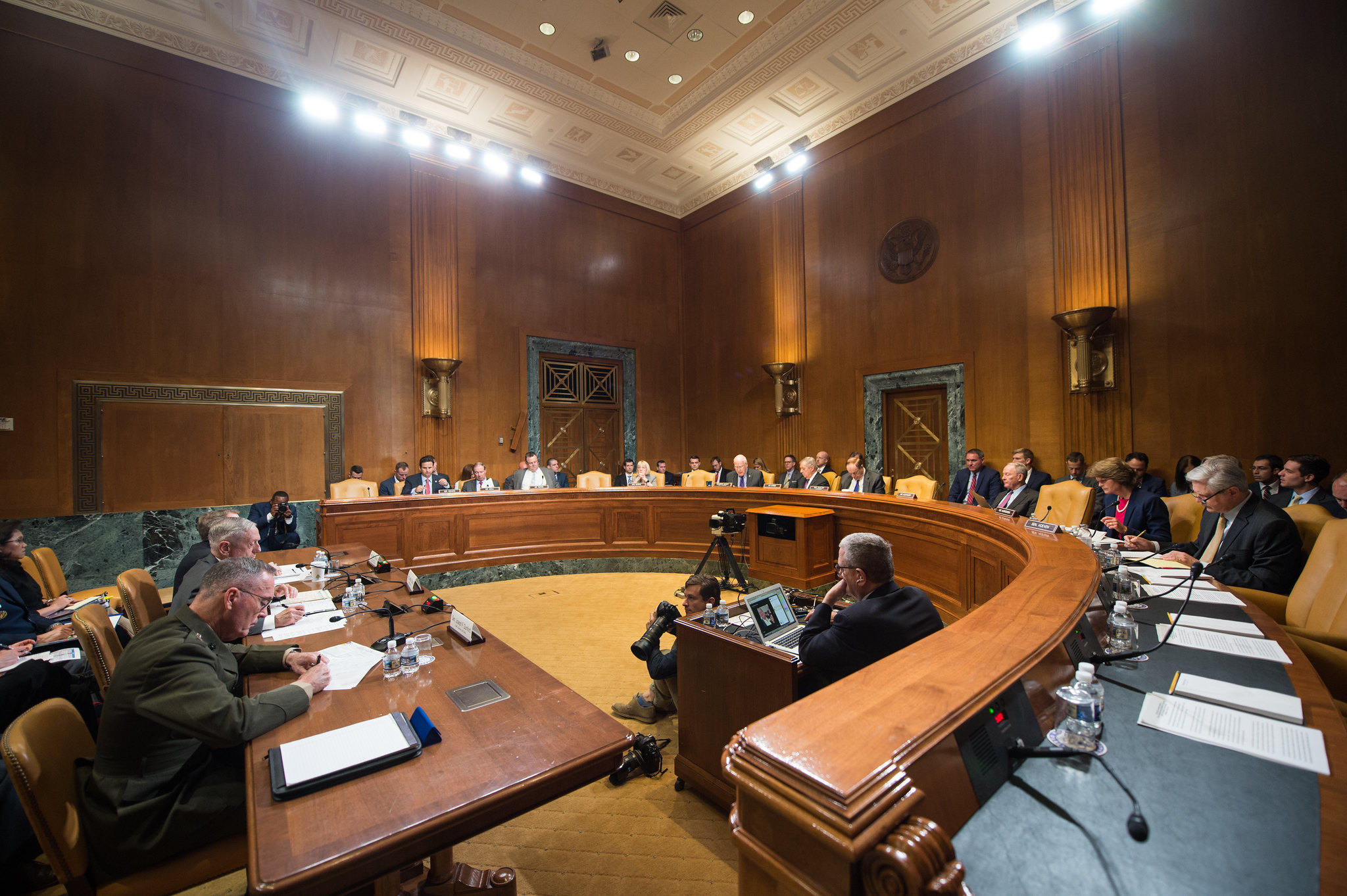Summary
The imperative for US development finance has increased significantly due to a number of factors over the last decade. There is growing demand for private investment and finance from businesses, citizens, and governments in developing countries. Given the scale of challenges and opportunities, especially in promoting infrastructure investments and expanding productive sectors, there is an increasingly recognized need to promote private sector-based solutions. Well-established European development finance institutions (DFIs) now provide integrated services for businesses that cover debt and equity financing, risk mitigation, and technical assistance. Many of their governments have embraced financially self-sustaining approaches to promoting development outcomes, which impose no net costs on taxpayers. Separately, several emerging market actors – including China, India, Brazil, and Malaysia – have dramatically increased financing activities in a number of developing regions, such as Latin America and Sub-Saharan Africa. This also includes the establishment of several new large multilateral financing institutions, such as the BRICS Bank and the Asian Infrastructure Investment Bank.
In contrast, existing US development finance efforts have not been deployed in an efficient or strategic manner due to outdated authorities, insufficient staff resources, and dispersion of tools across a broad number of government agencies. The US government’s primary development finance vehicle is the Overseas Private Investment Corporation (OPIC), which provides investors with debt financing, loan guarantees, political risk insurance, and support for private equity investment funds. However, with few exceptions, OPIC has not evolved since its establish ment in 1971. Beyond OPIC, there are a number of other modest programs within US aid agencies, such USAID’s Development Credit Authority, USAID enterprise funds, and US Trade and Development Agency’s feasibility studies and technical assistance.

Within this context, we assess the need for a US Development Finance Corporation (USDFC) and provide a series of options for how it could be structured in a manner consistent with bipartisan congressional support. This includes an overview of existing US government institutions and programs that support private sector-based development approaches, including any gaps or redundancies across them. With respect to the proposed DFC, we focus on several core issues, including: (1) products, services, and tools; (2) size, scale, and staffing requirements; (3) governance structures as well as oversight and accountability functions; ( 4) performance metrics; and (5) capital structure and financial sustainability models. Finally, we conclude with a notional implementation roadmap that includes the required US executive and legislative actions.
Rights & Permissions
You may use and disseminate CGD’s publications under these conditions.





